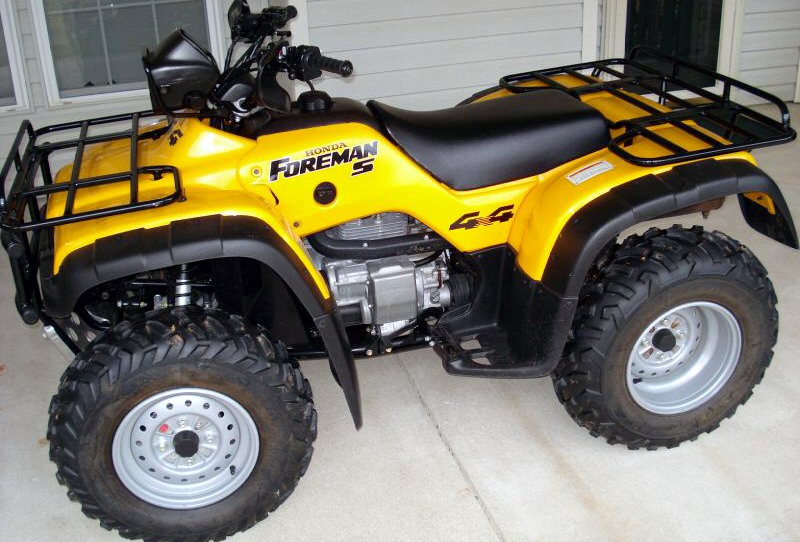ATV Industry Facts: Did You Know?

A unique approach to shifting back in the late 90s.
In the beginning all ATVs came with automatic clutch transmissions- these operated on the premise that a foot shifter was used to change gears up or down but the clutch (centrifugal) automatically engaged whenever the operator let off the throttle.
Shortly thereafter full manual clutch transmissions (just like those from motorcycles) found their way into our niche as did fully automatic CVT transmissions that still rule the ATV court to this very day.
However, there was another design that is oft-overlooked that provided a shifting option all its own: Electric Shift Program (ESP) used a handlebar-mounted button system to up and downshift.
An onboard electronic control module (ECM) monitors information from four sensors: engine rpm, countershaft speed, shift drum angle and shift spindle angle to control the speed of the electric-shift motor’s gear and clutch engagement.
Gear-engagement speed actually varies according to riding style: The transmission would shift more quickly when a rider was being more aggressive. A Neutral lockout at speeds greater than 2 mph ensured engine braking when descending hills. For smooth shifting, the transmission couldn’t be shifted from neutral to first gear or neutral to reverse if the engine speeds were above 3000 rpm.

Bonus Fact: The year was 1998, the model was the Foreman and the inventor of the ESP system was none other than Honda.
